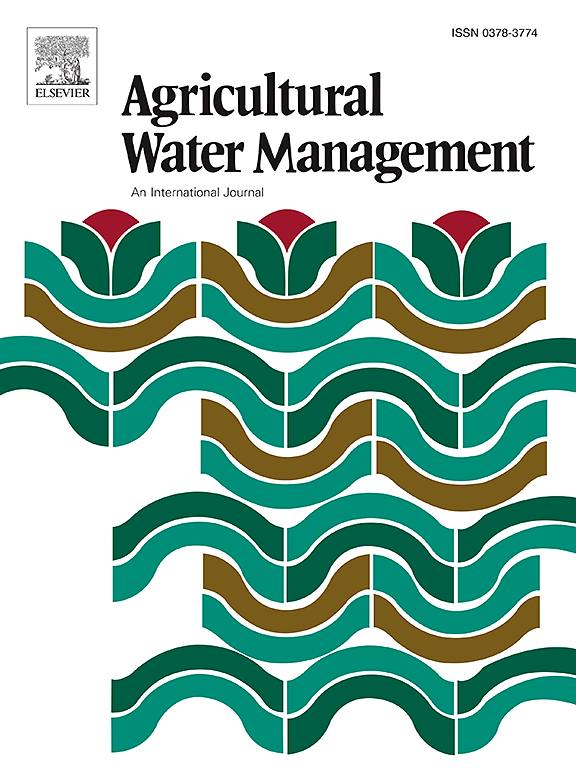Resilience assessment of interprovincial crop virtual water flow network in China
IF 5.9
1区 农林科学
Q1 AGRONOMY
引用次数: 0
Abstract
The crop-related virtual water (VW) flow has reshaped the water resources burdens virtually and caused increasingly vulnerabilities under natural and anthropogenic pressures and shocks. However, the resilience assessment of crop VW networks remains lacking. Here, we first constructed China’s interprovincial VW flow network by simulating crop trade based on minimum-cost linear optimization and calculating VW content using AquaCrop model. We then analyzed network topological properties including connectivity, betweenness centrality, and community structure. Finally, we evaluated network resilience through four dimensions (resistance, absorptive, adaptive, and transformative capacities) by simulating structural and functional responses under both intentional and random node failure scenarios for three major crops (rice, wheat, and maize). Results show that the total inter-provincial VW and crop trade of increased by 57.8 % and 106.4 %, respectively from 2000 to 2017. Although trade edges increased by 11 %-12 % during the study period, the overall VW network density remained low with maximum of 0.2. The resilience of blue VW networks for rice, wheat, and maize cumulatively decreased by 69.4 %, 81.9 %, and 44.7 %, respectively, under intentional attacks of the top 20 % nodes (six provinces). Notably, the wheat blue VW network was the most vulnerable as key domain provinces facing the water scarcity risk. Our analysis reveals that China’s crop VW flow network are vulnerable to targeted disruptions due to their low connectivity and high dependence on water-scarce producing provinces, highlighting the urgent need for diversifying VW flow patterns and strengthening water resource management in key exporting regions.
求助全文
约1分钟内获得全文
求助全文
来源期刊

Agricultural Water Management
农林科学-农艺学
CiteScore
12.10
自引率
14.90%
发文量
648
审稿时长
4.9 months
期刊介绍:
Agricultural Water Management publishes papers of international significance relating to the science, economics, and policy of agricultural water management. In all cases, manuscripts must address implications and provide insight regarding agricultural water management.
 求助内容:
求助内容: 应助结果提醒方式:
应助结果提醒方式:


